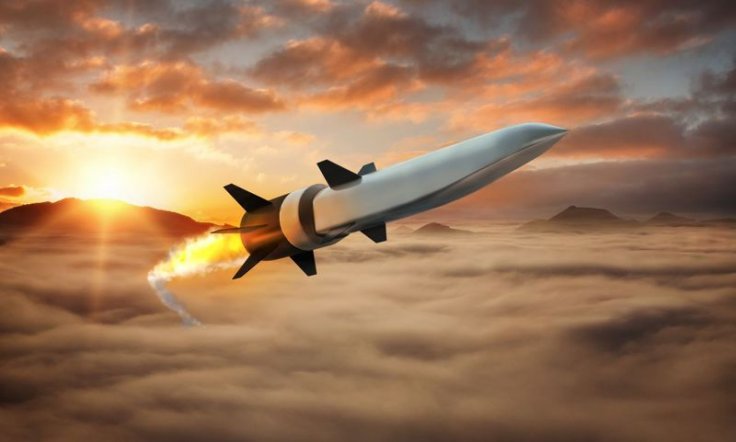China is working on a supersonic anti-ship missile that will travel further and faster than any traditional torpedo. The five-metre missile will be able to cruise at 2.5 times the speed of sound in the air at the same altitude as a commercial airline for 200 km, before diving and skimming across the waters for up to 20 km.
Researchers outlined that once the missile is within about 10 km of its target, it will go into torpedo mode and travel underwater at up to 100 metres per second using supercavitation (formation of a giant air bubble around it which reduces drag). The missile can also change course at will or crash-dive to a depth of up to 100 metres to evade underwater defence systems without losing momentum.
Scientists Tackling Challenges
Li Pengfei, the lead scientist, believes there is no existing ship defence system designed to handle such a "fast cross-media attack". He said this can greatly improve the missile's penetration capability.
However, there are challenges which the team is trying to tackle. The power system is one of their biggest challenges. They need to produce considerable thrust while breathing in either air or water. The team says this problem could be solved by using boron, which is a high element that reacts violently when exposed to both and releases a huge amount of heat.

The blueprint for the missile's power system was unveiled in the September 8 issue of Journal of Solid Rocket Technology, published by the Chinese Society of Astronautics. Li's team successfully designed a boron-powered ramjet engine that could work both in the air and underwater.
It is made of adjustable inlets and exhaust nozzles to maintain the boron's burn efficiency in different environments. The Journal highlighted that the biggest change is in the fuel rods. Boron accounts for 30% of the total fuel weight in an air-breathing missile because of the other chemicals required to control and prolong the strong combustion. cro
Rekindled Interest in Boron
The scientists doubled the share of boron in the fuel. They believe the result could produce a thrust greater than that of aluminium in water. The cross-media ramjet, as per the study, uses a fuel-rich solid propellant. It burns with the external air or seawater entering into the ram to generate high-temperature gas and creates thrust through the nozzle. The scientists said the ramjet has the high specific impulse and simple structure.
However, the team faces yet another challenge. Increased boron content could cause some issues in mass production, ignition and combustion control. These problems can be solved with the modification of boron particles, and improvement of manufacturing process, as well as the study of grain mass particles.

US Abandoned Similar Project in the 1950s
The US Air Force was working on a similar project in the 1950s to increase the power of supersonic bombers. It abandoned the project because the ignited boron particles were hard to control and formed a layer of debris that gradually reduced engine performance. The US Navy in 2021 funded a NASA study that nanotubes made using boron nitride (a combination of boron and nitrogen) could be used to power hypersonic weapons travelling at speeds above 6,400 km/hr.
But China has kept at it and built air-breathing scramjet engines using solid fuel containing boron nanoparticles to accelerate missiles to five times the speed of sound, or faster.









